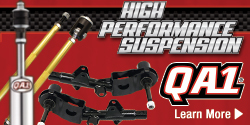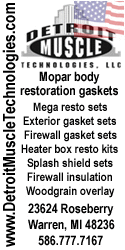- Local time
- 11:32 AM
- Joined
- Jul 17, 2008
- Messages
- 24,152
- Reaction score
- 72,187
- Location
- South Jersey USA
I considered having some old lifters cleaned and refaced to use again. I still might for milder builds but for the new cam for the red car, I went with a hydraulic roller to alleviate the anxiety.
roller cams make my cam break in machine obsolete



















